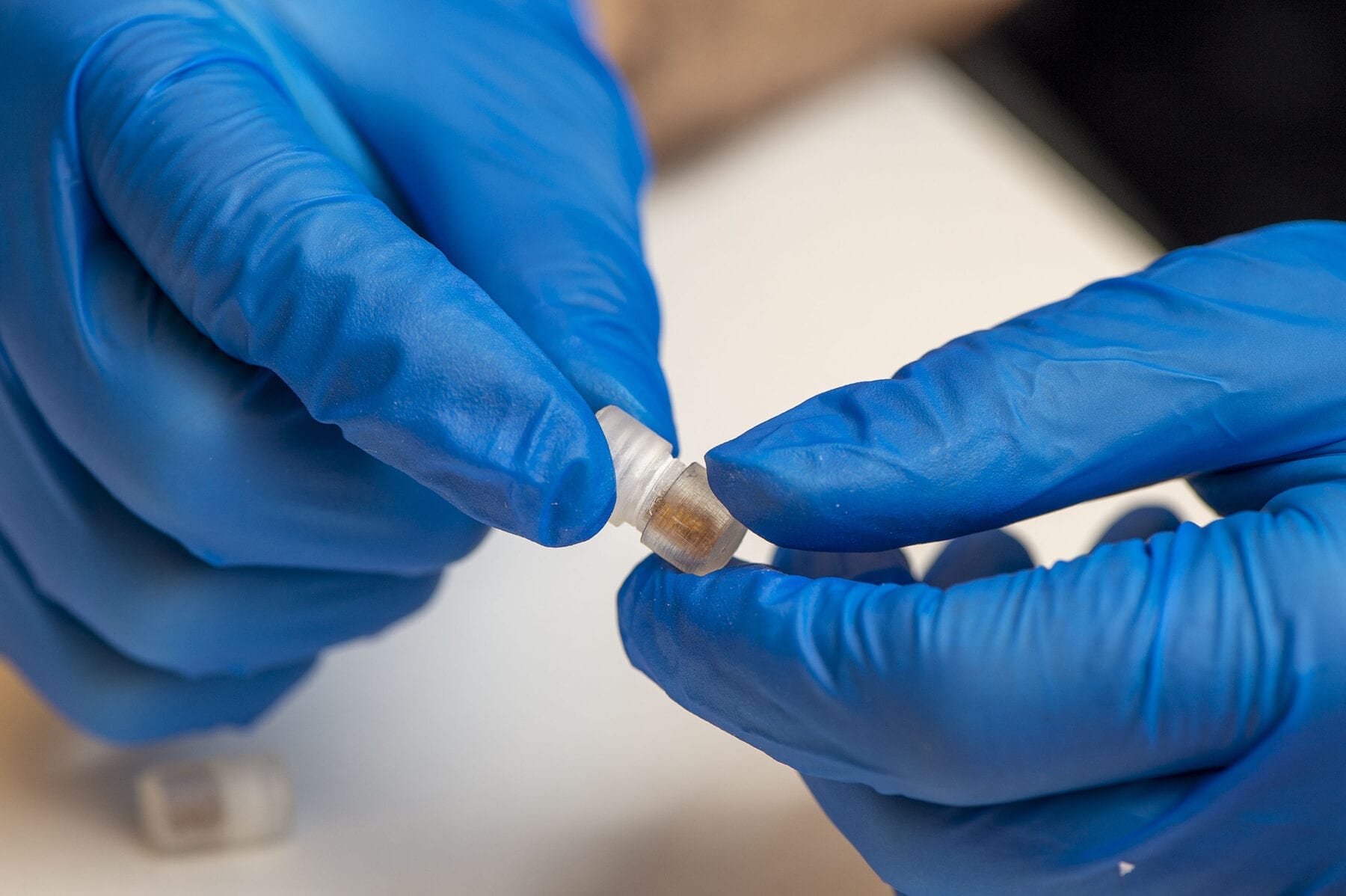
Earlier this year we took a look at the development of self-healing concrete that repairs its own cracks using a built-in healing agent.
While this kind of technology holds promise for construction in the future, it’s not so useful for the vast amounts of existing concrete in need of replacement or repair. UK researchers have come up with a solution to this problem that uses bacteria to produce a special “glue” to knit together cracks in existing concrete structures.
‘BacillaFilla’
A team of students from Newcastle University created bacteria and programmed the genetically modified microbe to only start germinating when triggered by the specific pH of concrete. The researchers have also built in a self-destruct gene to ensure bacteria are unable to survive in the environment if they fail to germinate. Once the cells have germinated, they swarm down the fine cracks in the concrete and know they have reached the bottom when they start clumping.
This clumping activates the cells to differentiate into three types: cells which produce calcium carbonate, cells which become filamentous to act as reinforcing fibers, and cells which produce a Levans glue which acts as a binding agent. The calcium carbonate and bacterial glue combine with the filamentous cells, ultimately hardening to the same strength of the surrounding concrete to form what the researchers have dubbed “BacillaFilla” which knits the concrete structure together again.








